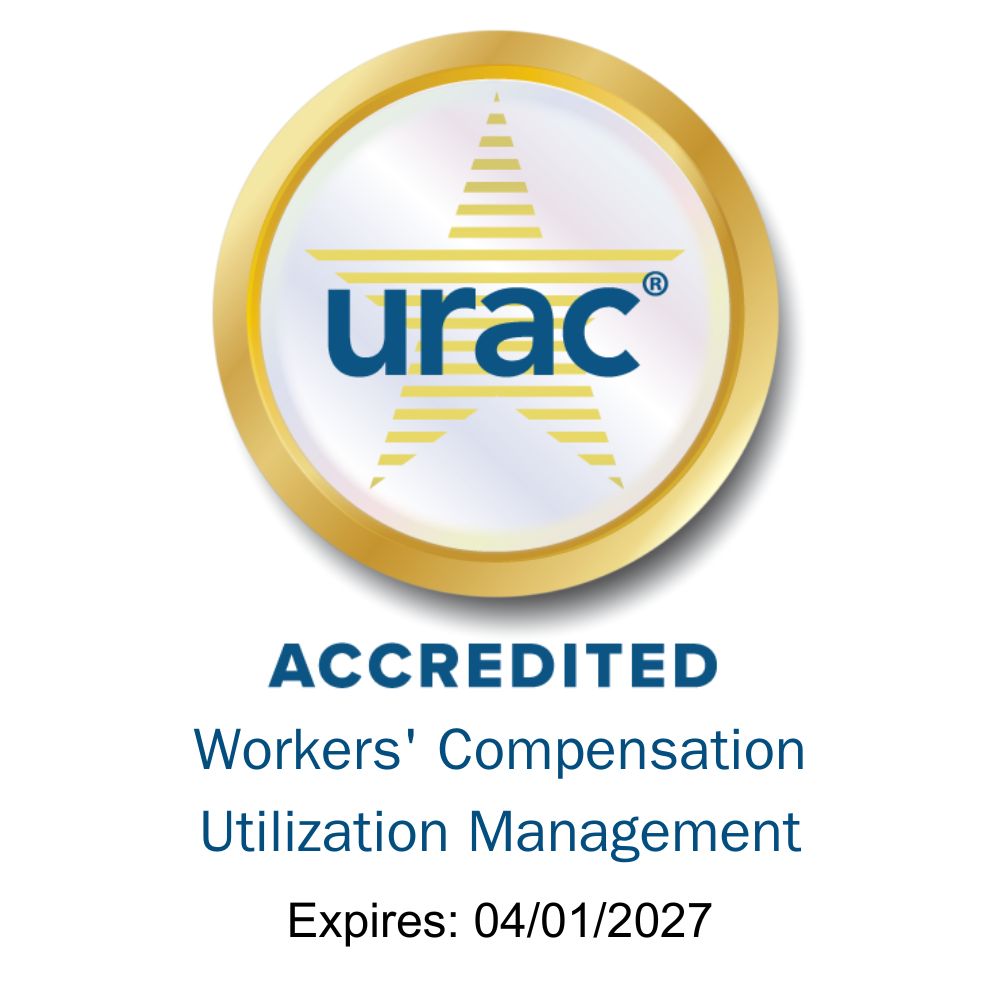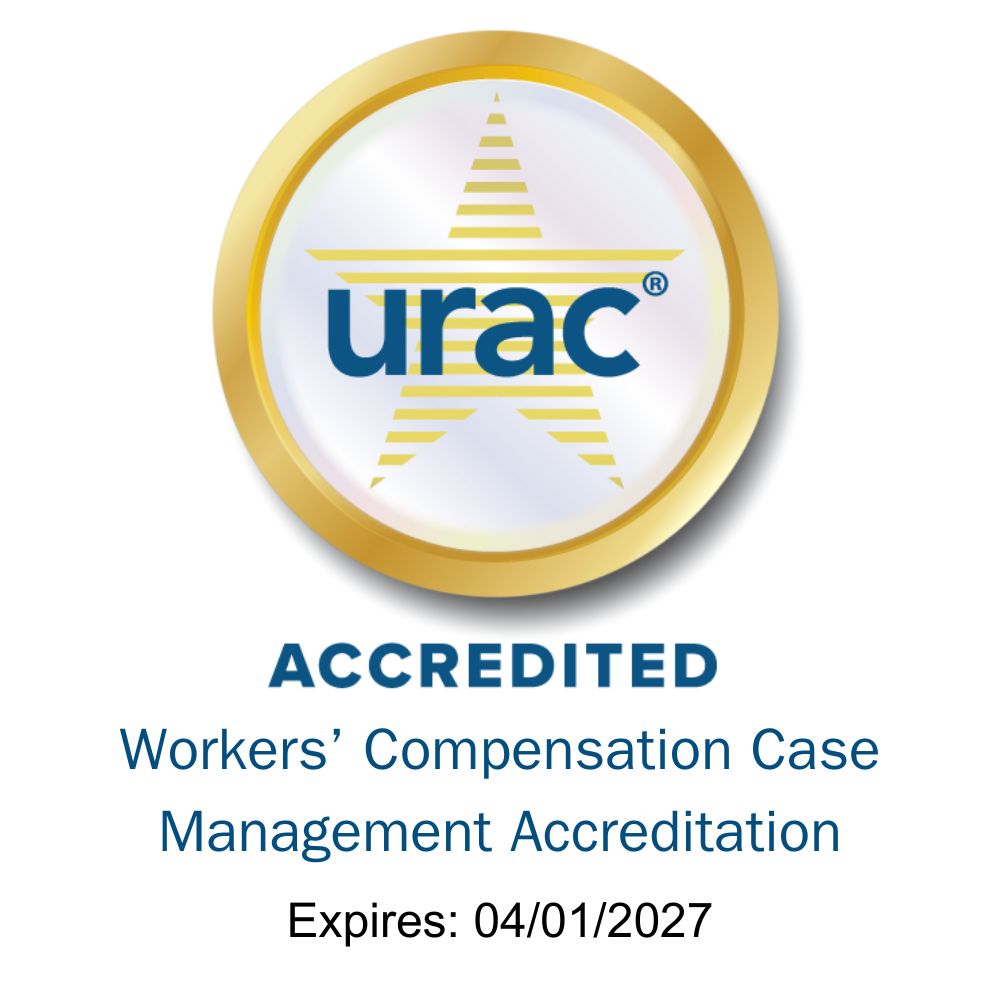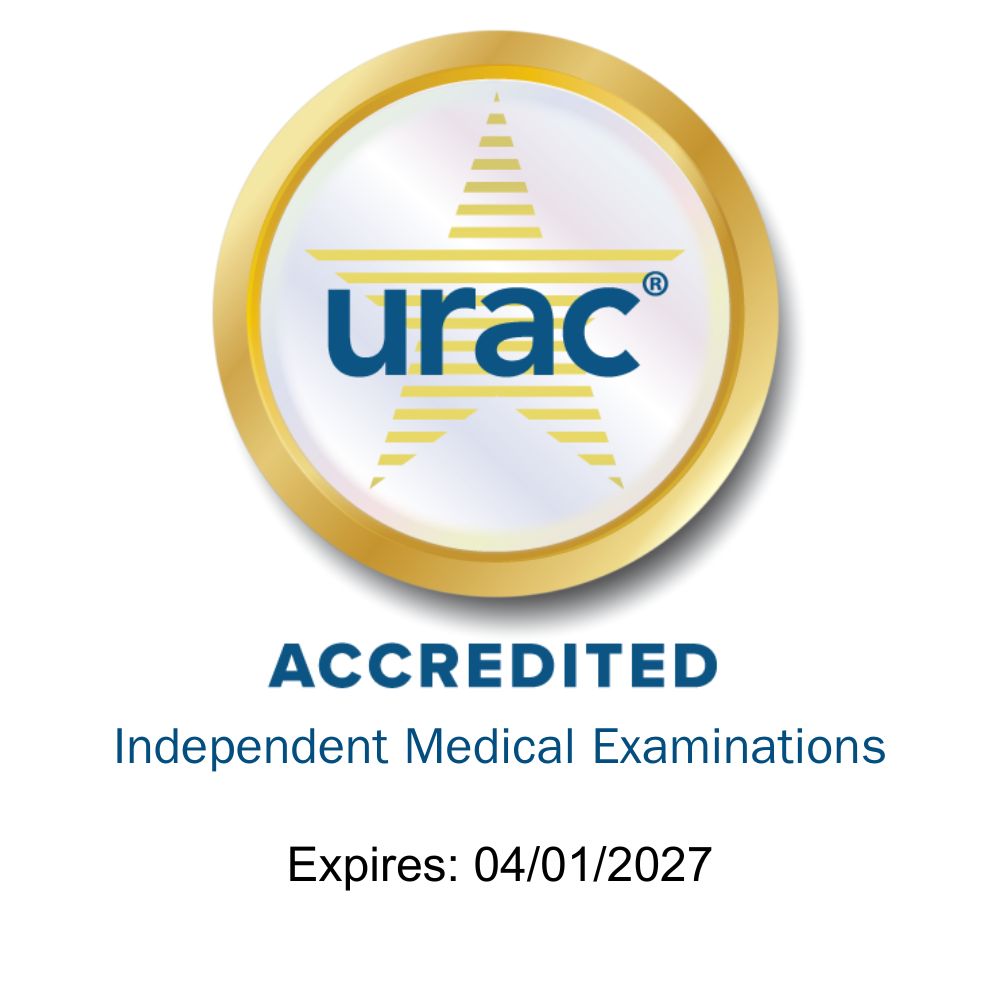As a workers’ compensation (WC) claims professional, you deal with increasingly complex claims on a daily basis. At times, you may need clarity or greater certainty on specific aspects of a case. For example, what is the true cause of a claimant’s condition? Is this recommendation the best course of treatment? Does a degree of malingering or injury exaggeration exist? In other situations, the case can be complicated by other medical issues – such as diabetes, hypertension or depression – which can hinder recovery.
Faced with these challenges, you may place a request for an independent medical examination (IME) to help determine the next step in the claim and injury management process. In general, there are four areas where an IME request can provide useful information:
- Causation. Determine if the condition, pain or other symptoms experienced by the claimant are in fact caused by the work-related injury or another medical issue.
- Treatment. Confirm if the recommended treatment falls within occupational disability guidelines (ODG). For instance, you may want a second opinion on whether a certain procedure or surgery should be performed.
- Disability. Depending on the jurisdiction and the relevant nomenclature, you may want to ascertain if the injured worker has reached maximum medical improvement (MMI), or whether permanent or partial disability exists and, if so, what is the impairment rating?
- Return to Work (RTW). Find out when the injured worker is expected to recover and return to work or determine if there might be work restrictions. For example, can the injured worker return to light, modified or full duty?
In these situations, an IME serves as an outstanding tool to help make difficult decisions, while also providing significant benefits to both the employer and injured worker.
IME Quality Overrides IME Controversy
With complex cases, claimants may seek legal representation. In these situations, opposing sides may obtain IMEs to substantiate their respective opinions. As a result, a certain amount of contention and suspicion has come to surround the IME process, with some WC professionals feeling the exams further complicate a case. Rather than bringing about clarification, some say decisions get bogged down and stalled, and injured workers get caught in the middle – not receiving the care they need in a timely manner.
Due to these issues, the WC market has begun to demand an increased level of quality in the IME process. Quality ensures the original intent of these exams – which is to obtain an impartial, expert medical opinion that will help determine the next step in the case.
In this three-part series, we review best practices that must be followed to ensure a quality IME result. Currently, a quality divide exists in the industry. On the “leading” side of this divide are organizations striving to establish and consistently adhere to quality standards. On the “lagging” side are those unaware that such standards exist and, as a result, unknowingly end up with less than-optimal IME results. To bridge this divide, we need greater awareness, understanding and support of the key factors contributing to quality.
Three Sides to a Quality IME Process
Currently, there are three stakeholders that play an integral role in producing a quality IME. Whether these parties are leaders or laggards is largely dependent on whether they acknowledge and support the quality criteria under their control.
- Claims staff – observe a quality approach to requesting IMEs
- IME vendor – envision, put forth and champion new standards of IME quality
- IME physician – perform a thorough exam, provide an expert opinion based on evidence, and clearly address the stated IME objective and questions
The Claims Perspective: Ensuring the Right Stuff
In workers’ compensation, injured workers may often receive or have an opinion about their condition, treatment or ability to return to work. This opinion may not be supported by existing medical evidence. In other words, it’s being called into question or at least needs to be confirmed. This opinion could be based solely on the injured worker’s perception, or it could be supported by the treating physician and/or an attorney representing the case.
Working on behalf of the employer and payer, the claims professional strives to fairly cover the injured worker’s medical care and time away from work, but you also want to guard against conditions not covered by WC, as well as inappropriate treatment and potential abuse of the system.
When opinions are in question, it’s time to seek an IME to provide a third-party perspective from an objective physician who’s an expert in the relevant field. Key criteria to take into account include:
1. Quality Providers. Be careful about requesting IMEs directly. If a claim is litigated, it’s vital that the IME is performed by a credible expert. Many times, you may not have transparency into all the information pertinent to ensuring the right doctor is selected. For example, do you know if certain physicians have sanctions against them, or if they’re board-certified? If a vital component is missed in the provider selection process, the resulting IME could lose credibility. A simple way to avoid this problem is to use a quality IME vendor, which we’ll discuss in part two of this three-part series.
2. Timeliness. As soon as an opinion is in question, an IME should be promptly requested. For example, perhaps you are unsure about the cause of the injured worker’s pain. There have been situations where a claimant received WC benefits for years, but causation was never officially confirmed. If this step was appropriately taken, the claim might not have been accepted in the first place. However, once a case has started down a certain path, it’s difficult to make a significant change in direction. For example, if you suspect treatment is deviating from normal guidelines, it’s time to request an IME before the plan proceeds too far to be able to make a shift.
3. Clear Objective. To obtain a useful IME result, it’s imperative to provide the examining physician with a clear objective and any specific questions that should be addressed in the final report. This allows IME physicians to understand what they’re being asked to evaluate and what type of opinion they need to provide. Is the exam to determine if further care is needed, the level of permanent disability or another concern? At the same time, it’s also important to limit these inquiries so the IME physician can focus on evaluating just a few items during the examination.
4. Comprehensive Background. An IME physician should receive all relevant background, including a complete medical record, diagnostic test results, job descriptions and claimant statements — all well in advance of the exam. The records should provide a clear chronology and history, so the IME physician can accurately assess what’s going on. Is the condition improving? Is the patient fixed and stable? Does permanent disability exist? Also, it should be clear what conditions, if any, have already been medically accepted. For example, if there are four injuries, but only two have been accepted, this should be clearly indicated in the file.
When looking for a place to initiate quality in the IME process, it’s essential to start with the request itself. Are there ways you can improve this process? When you place a request for an independent medical examination, the practices outlined in this article will enable you to help enhance the quality factors under your control – and will contribute to bridging the divide, so your organization joins other leaders consistently achieving quality IME results and garnering the benefits therein.
Refer a Case
Whether you’re an existing customer or it’s your first time placing an IME with Genex, we’ve got you covered. We offer several easy and convenient ways to refer a case. The link below will provide you with options to call, email or submit a referral via the web. Additionally, you can reach one of our regional offices to speak with an IME expert in your area. Refer today.





